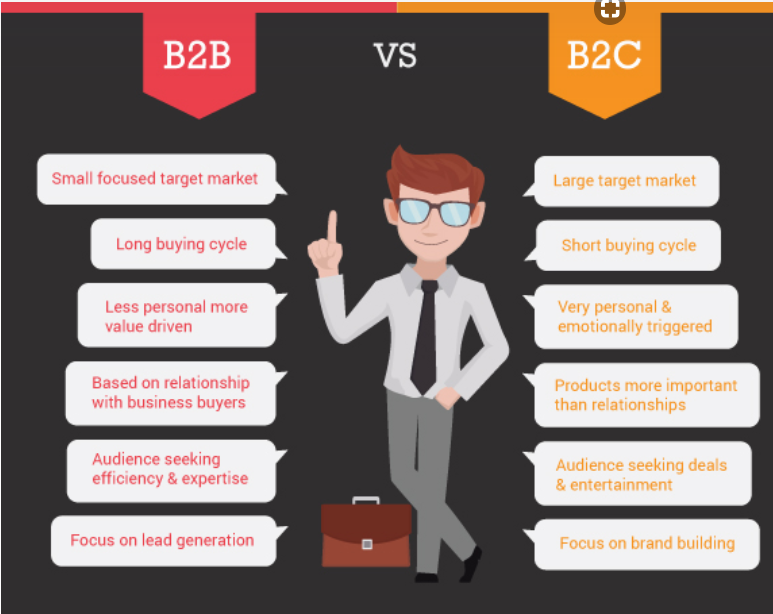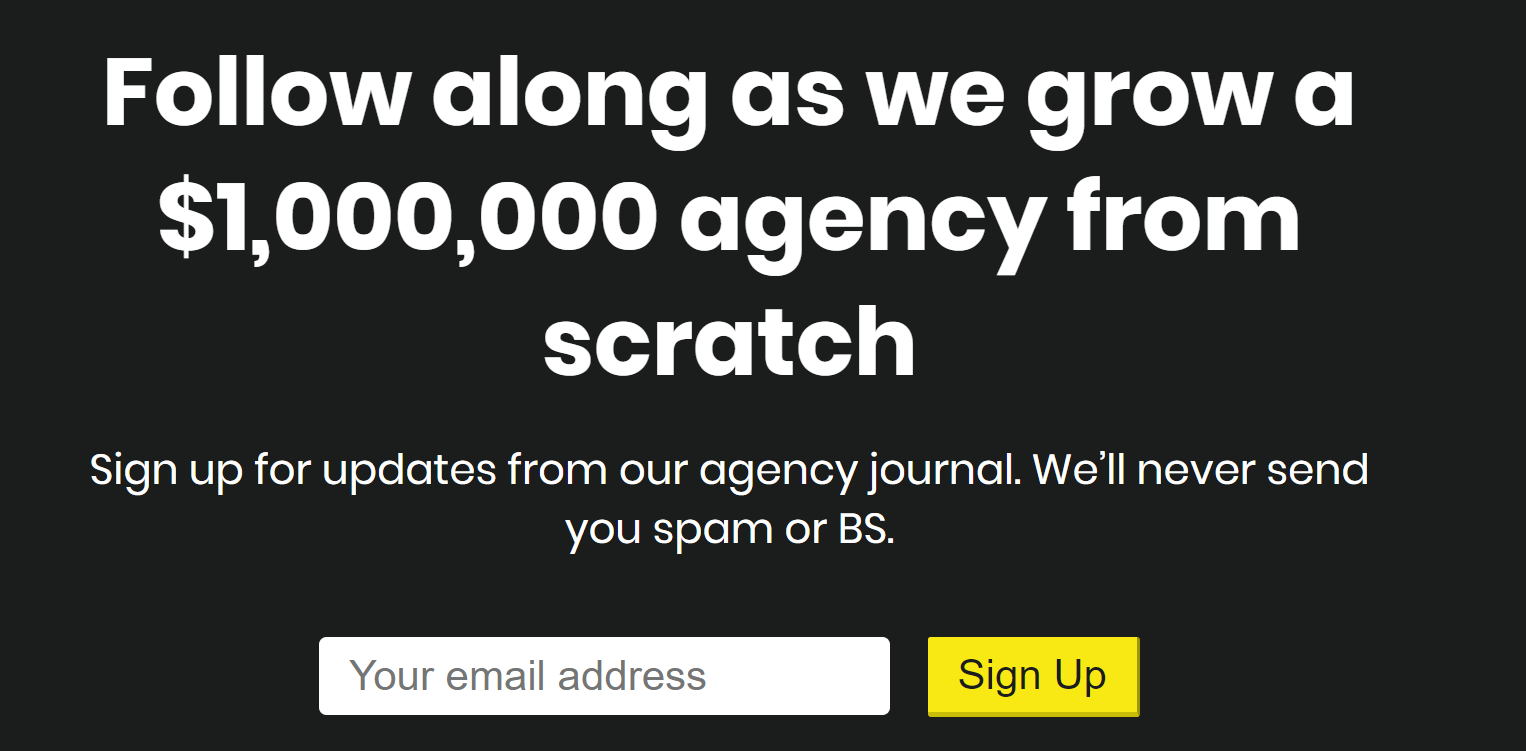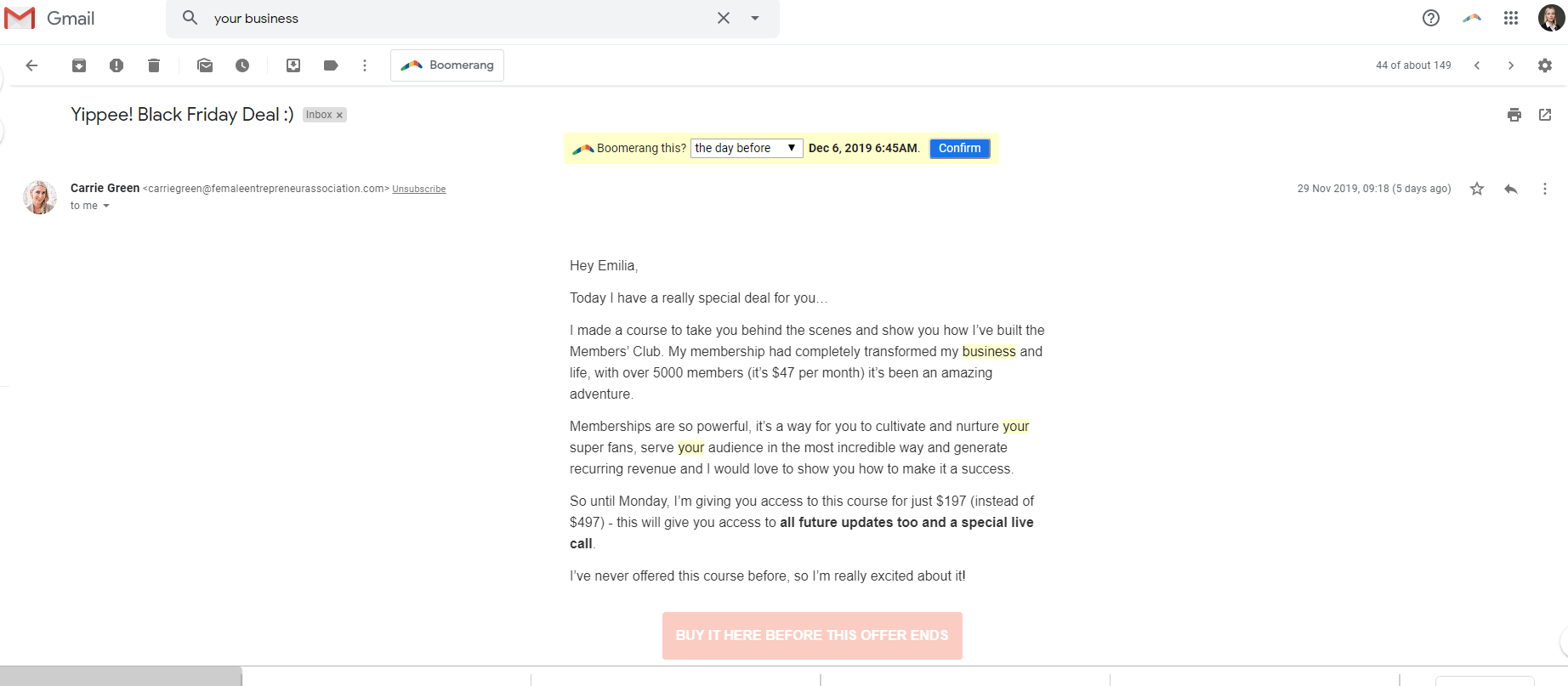B2B email marketing is one of the most important channels in B2B marketing process – 40% of B2B marketers say email marketing is critical for their success. And yet B2B email marketing seems more challenging than email marketing for B2C – it takes more than sending newsletters with pretty photos of your products and discounts to be successful at B2B email marketing. But if you understand your customer journey well – creating effective B2B newsletters is much easier than you think. In this post, we are going to discuss how to create a successful B2B email marketing strategy, and give some ideas for your B2B newsletters for every stage of the funnel:
- how to use newsletters to generate B2B leads (awareness)
- convert them into customers (consideration and conversion)
- and then keep them happy and engaged (retention) so they continue buying from you for years to come

How to create a B2B email marketing strategy – understanding the role of email marketing in B2B sales funnel
Let’s face it – B2B marketing is very different from B2C. B2B clients are more sophisticated, the average purchase price is much higher, and the process of making buying decisions is longer. B2B purchases are based more on the real benefits of the product than emotions and desire. This infographic from Marketing Profs illustrates it pretty well:
How does that affect your B2B email marketing strategy?
First of all, you need to really focus on how you are going to convey the value of your product or service in your newsletters. Secondly, you need to consider the stage of the customer journey you want to write your newsletters for – and choose different tactics for conveying that value in newsletters to people who are only becoming familiar with your brand (awareness stage), are considering buying your product vs. other products (consideration and conversion) and those who are already your customers (engagement and retention).
Let’s dive into the specific tactics you can use in your B2B email marketing strategy for each stage of your customer journey now.
B2B email marketing for brand awareness and lead generation – Top-of-the-funnel B2B email marketing
Email marketing is one of the most effective methods of generating leads in B2B – according to Placester, a lead-generation platform for real estate agents.
Why? When you do any form of online marketing (you have a website, blog, and social media profiles) – email marketing allows you to capture and nurture the people who engage with your content. This is why 77% of B2B companies use an email marketing newsletter as part of their content marketing strategy
What should you do at this stage?
- Segment your audience – do you sell different products to different buying personas? Make sure you know them before you set out to create your B2B email marketing strategy
- Prepare a relevant lead magnet for each audience segment – these can be e.g. blog content upgrades in the form of:
- PDFs with additional information (wanna learn more on XYZ? Download our PDF!)
- Whitepapers or industry case studies (you will find plenty of companies who can help you write those if you don’t have the time)
- Ebooks covering the topic in a comprehensive way
- Email courses building up the knowledge from the post (e.g if you offer video editing services and posted about tools for creating video intros online, your audience may be interested in a ‘Video Marketing Email Course’)
- Quizzes allow your audience to find out something about their business or industry (e.g. Answer 5 questions to find out which social medium is best for your business in 2020!). You can use a tool like TinyInteract to easily build an interactive online quiz;
- Place the lead magnet as a downloadable on relevant pages of your website or blog posts – either as a sign-up form or a pop-up (either appearing when the reader scrolls down to 2/3 of the page or an exit-intent popup);
- Embed a newsletter signup form at the end of your blog post (and possibly also in the middle of your blog post – you can easily do it with our tool).
- Have a compelling CTA on your signup form relevant to the blog post content;
Source: Optimist - If possible, ask your subscribers follow-up questions in the first email you send them – ask them about their business size, industry, number of employees, main struggle, etc. – the more information you collect about your subscribers at this stage, the easier it will be for you later to convert them into paying customers with the right newsletter content;
- Make sure you indicate you intend to send a newsletter to the people who download your lead magnet – to be compliant with the GDPR;
- Before you start displaying your lead magnets on your website/blog, make sure you have prepared 4-6 follow-up ‘nurturing’ emails in your autoresponder:
- Autoresponders are sequences of emails sent automatically to your reader at pre-defined time intervals – when they sign up for your newsletter or download a lead magnet;
- Make sure the autoresponder presents value to your reader – it can e.g. talk about how to solve their main problem in 4 steps or discuss the benefits of using your product for this particular audience segment (remember to focus on the benefits for your audience, not on the features!)
- Congratulations! Now that you have turned your B2B email marketing into a lead generation machine. As you grow your audience, make sure you use your newsletters to convert the subscribers into paying customers. How? See the following steps below 😉
B2B email marketing for the consideration stage – Middle-of-the-funnel B2B email marketing
Now that your audience has read a few of your blog posts, downloaded a freebie from your website, and read a few of your newsletters – they are fairly familiar with your brand.
If you did step #1 right, they will be now moving into the consideration stage – thinking about whether they should buy your product or service or not.
B2B email marketing strategy for the consideration stage should be based on displaying clear, positive results from using your product/ service – preferably based on real case studies from your customers.
Based on the earlier segmentation of your audience, think about who of your existing customers could provide a “hero success case study”.
Write them up and send them as newsletters to people who downloaded relevant lead magnets: with a compelling heading e.g. “How Lisa grew her event business with email marketing by 73% in 9 months”.
This type of content also appeals strongly to your subscribers’ FOMO (fear of missing out) – if their competitors are doing so well using email marketing, maybe it’s time for them to start too?!
Another good B2B newsletter idea for the consideration stage is sending your subscriber an email comparing your product to a few popular alternatives – make sure you don’t sound too biased in it, but that your product comes out on top.
B2B email marketing for conversion – Bottom-of-the-funnel B2B email marketing
Finally, after you have sent your subscribers a few ‘warming-up’ consideration newsletters, it’s time to send them some offer emails:
1. Limited-time offers and discounts always perform well – so make sure you prepare a special offer for new customers in the run-up to major holidays e.g. Black Friday or Christmas (here are some examples of B2B Christmas newsletter subject lines you can use for that;) Get a Newsletter prepared a few templates for special occasions like that:
2. Send them ready-to-use assets – send them something they could use if they bought your product or service. For instance – if you’re a social media scheduling tool, you could send your subscribers a Social Media Post Calendar for 2020, in an uploadable excel format – that they could directly upload to their social media platforms if they buy a subscription;
3. Invite your subscribers to a call – invite them to discuss their strategy with you, make sure you give tons of value before you pitch your product;
4. Create added value by bundling your product – do a joint venture with a complementary product or service to provide more incentive for your subscribers to buy – and send them a time-sensitive offer; including countdowns in your newsletters will make it even more compelling 😉
B2B email marketing for customer engagement and retention
So – now you’ve finally made your first sale via your B2B email marketing – congratulations! Sadly many companies stop sending their customers newsletters at this stage…which is a big mistake.
For starters – it’s easier to sell to an existing customer than try to convince a new one to buy from you; secondly – if someone has become your customer once it doesn’t mean they are going to stay if you don’t provide the right level of customer care and education to them.
Newsletters are a great way to do that almost on ‘autopilot’; here are a few examples of newsletters you should be sent to increase customer engagement and retention:
- Onboarding emails – after someone has bought a product or service from you, make sure you send them a series of automated emails explaining how to make the most of it; onboarding emails are quite common in SaaS (Software as a Service) businesses (emails about how to make most of the tool, how to use specific features, etc.), but they are rarely the case with more traditional B2B services such as e.g. agency services. This should not be the case though – you can still create an outstanding experience for your clients if you send them follow-up emails on how to make the most out of the services you delivered. Even if you’re selling a traditional product (e.g. laptops) you can take the leaf out of the SaaS book and send your customers emails on how to make the most out of their new computer. Wow, them, basically – and then, when the time is right – e.g. in 2 years, and the brand they bought releases a new model – send them a quick email rounding up how the new model could improve their experience and help them more at work compared to the existing model, and asking if they wouldn’t want to upgrade with a 10% discount. This requires you of course to plan well for the future, and take an active approach to your email list.
👉 If you wanna learn more about creating an outstanding onboarding experience for your SaaS tool – check out this post by Userpilot with best onboarding practices for 2020.
- Satisfaction surveys – make sure you know if your customers are satisfied with your products. Send them a quick email survey to find out, and follow up with a call if they are not.
- Education – continue providing value to your customers by sending them more case studies and email courses that will help them make the most of your product and resolve other relevant problems;
- Upsells – do you have any other products or services that could give your customers even better results if combined with what they already bought? Below is a good example: Carrie Green, the founder of Female Entrepereneurs Association, selling a course on… how she built her membership site to her members:
- Company news and product updates, latest blog posts – keep your customers in the loop with what is going on in your business – of course, make it relevant. If you release a new product they may be interested in, let them know. Send them a monthly round-up of all the blog posts you published (segment by relevance if you can). Sending an occasional team photo is great for relationship building with your clients – to show them there are real humans behind your business…which brings me to our conclusion…
The bottom line – use B2B email marketing to build a relationship
As you can see, from the very top of the B2B email marketing funnel to the very bottom – the purpose is to build meaningful relationships with your audience, solve their problems, convey the benefits of your products (supported by evidence), and offer help and education at every stage of their journey.








Leave a Reply